Mountain doctors face steep slope
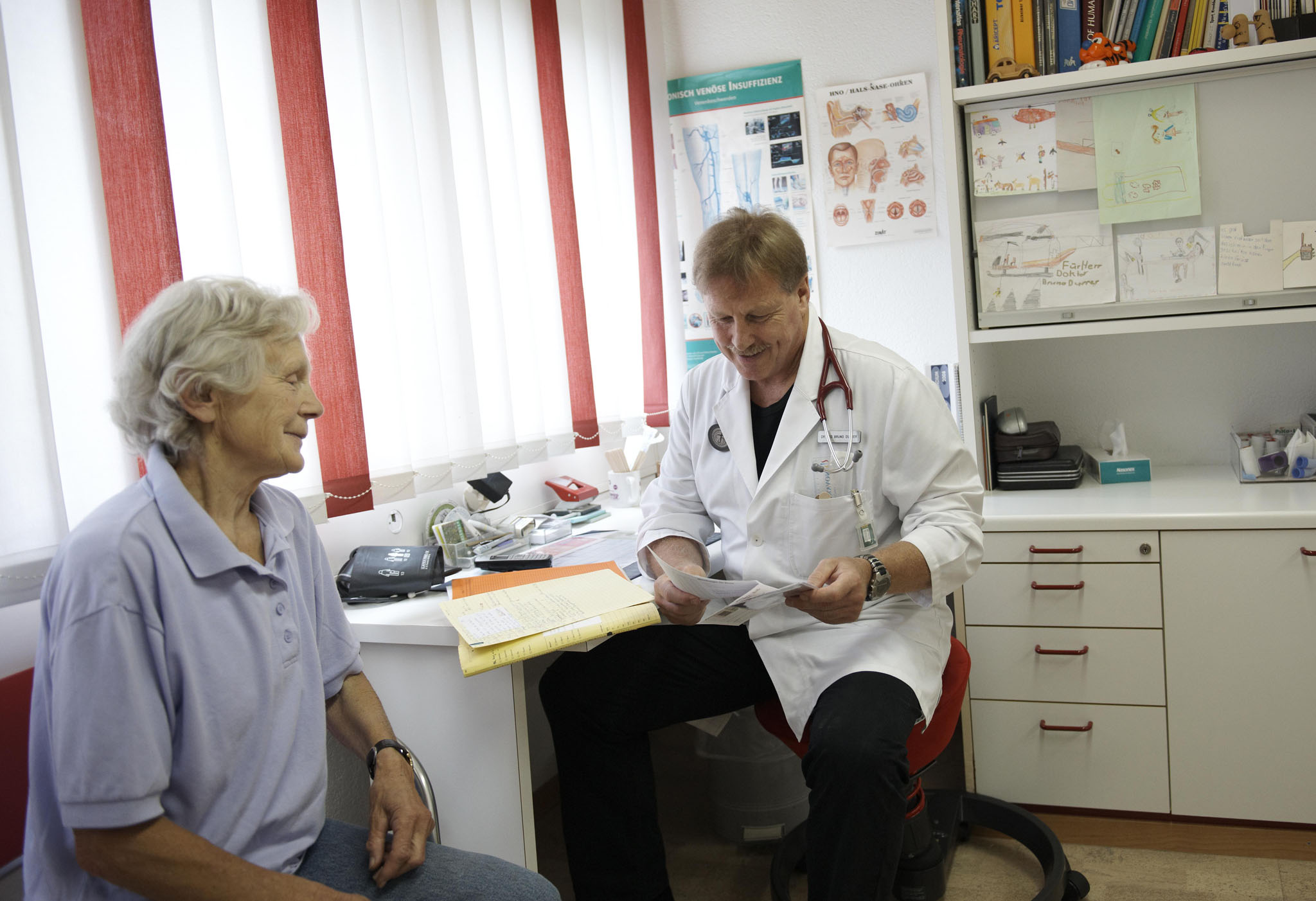
The job of mountain doctor may conjure up an image of nature, fresh air and free time but in reality it is hard work and very time intensive.
Experts say these important family doctors, who in addition to serving remote communities often work on mountain rescue missions, are a dying breed.
They are calling for more efforts to make the job more attractive. Initiatives, such as an online platform to help mountain medics find cover, are also proving useful.
“We still have more or less enough doctors in the cities but as soon as you get out of the cities it’s becoming a real problem,” Jacques de Haller, president of the Swiss Medical Association, told swissinfo.ch.
“It’s not only a problem of money or wanting to live in the mountains or remote area, it’s a problem of living or working conditions and this makes it pretty difficult.”
This situation is well known to Bruno Durrer, a doctor in Lauterbrunnen and Mürren in the Bernese Oberland. “Right now we are two and a half doctors doing 24 hours service all year round, so it’s quite a time commitment that also has consequences on your private life.”
Durrer, who has been a mountain doctor for 22 years, can face challenging conditions, sometimes making house calls on skis or mountain bike. He also carries out emergency medical care for locals and tourists – he was called out to treat a broken arm as he spoke to swissinfo.ch – undertaking around 200 helicopter rescue missions a year.
The dangers of such missions were brought home on January 3 after a doctor was killed while helping to rescue avalanche victims in the Diemtig Valley, also in the Bernese Oberland.
Dying breed
Durrer loves his job. But fewer doctors want to work in remote areas and he says people shouldn’t be surprised if young medics turn their back on the job.
“Why should you work twice as hard and earn less for your work?” he said. Financial cutbacks for doctors are not helping, he added.
Another reason is that many doctors are now women, many of whom have families and, understandably, says Durrer, do not want to be on call 24-hours a day. One solution is to create joint practices with two to three part-time doctors. This already exists in Mürren, he says.
De Haller suggests organising on-duty time with local hospitals. This means doctors can cover larger areas and deal with minor problems, instead of waiting in their practices for a couple of patients over the weekend.
They would only have to be on duty every two to three months. “This is a very good answer to the problem of balancing work and a family life,” he said.
Finding cover
Finding locum cover is also problematic in remote areas. Help has come from Swiss Mountain Aid, which serves people in mountain regions and is keen to ensure that medical care is as good there as in cities. It has set up an online job exchange platform, following a suggestion from their medical expert, himself a mountain doctor.
The year-old platform (see links) allows doctors to post their requirements or offers to work. Durrer, for example, found his assistant doctor there. Others have found a successor for their practice.
“For us it is very satisfying that the first contacts take place via the platform, that doctors from the lowlands and even abroad think about perhaps working for two to three weeks in a mountain region,” Ivo Torelli, the organisation’s head of communications, told swissinfo.ch.
“Lots of retired doctors, for example, also like to keep working and would welcome taking over for a period.”
Swiss Mountain Aid estimates that there are currently around 400 non-hospital mountain doctors in Switzerland, defined as working above 800 metres, which is around six per cent of non-hospital GPs.
Boosting image
Both de Haller and Durrer agree that overall, however, the image of family doctors needs a boost, especially at university level. According to a recent study, only ten per cent of medical students were considering the profession, which is not enough to replace the many retiring GPs.
De Haller says that family doctors are already starting to teach medicine, but he would also like to see the number of medical students, currently limited, raised.
The GP issue has also become political, with the launch last year of a people’s initiative on boosting the profession, by the newly created Family Doctors’ Association Switzerland.
But Durrer says that apart from improving conditions, doctors in remote areas need a passion for the job. “There’s a saying in German – mountain air is good, even for doctors,” he said.
Isobel Leybold-Johnson, swissinfo.ch
www.bergarzt.ch/www.docteurmontagne.ch was set up in November 2008 with financial support of Swiss Mountain Aid. It is continuing to support the project in its first phase after which the aim is to hand the site over to a medical association.
The platform allows people to post their needs, such as cover or an assistant doctor, and for others to offer their services. It is free. Durrer says it made his search for an assistant doctor much easier.
Currently 32 jobs have been posted, of which 9 are to find successors for retiring doctors and 1 for medical support staff.
The general practitioners’ Switzerland association launched a people’s initiative on October 1, 2009. It has already collected the more than 100,000 signatures needed to be valid. But the association will wait until April 1, 2010, the fifth national GPs’ day, to hand it in to the federal administration.
The initiative aims to combat the projected shortage of family doctors. According to a Basel University study, around half of the current practicing GPs will retire by 2016. The same study found that only 10% of medicine students wanted to go into family medicine.
The problem is particulary accute in the peripheral areas – country and mountains. Some more rural cantons already feeling the pinch, says the Swiss Medical Association.
According to the association, there are 250-300 patients per doctor including specialists in urban areas, but 400 per doctor in the peripheries.

In compliance with the JTI standards
More: SWI swissinfo.ch certified by the Journalism Trust Initiative

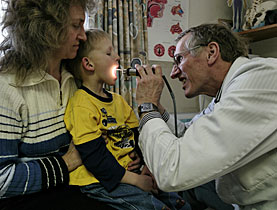
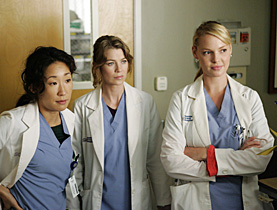
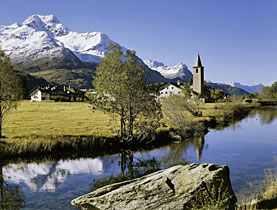
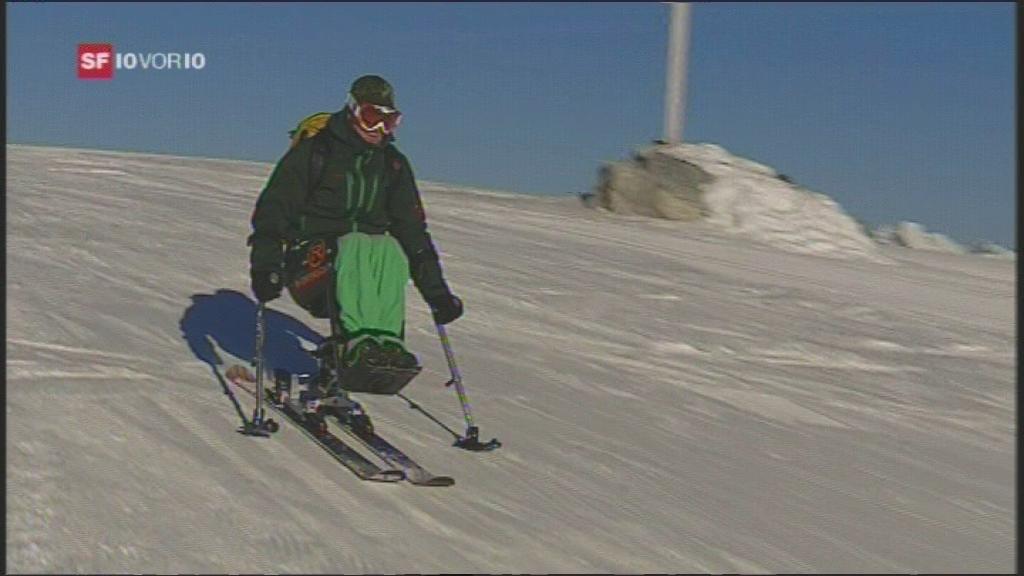
You can find an overview of ongoing debates with our journalists here. Please join us!
If you want to start a conversation about a topic raised in this article or want to report factual errors, email us at english@swissinfo.ch.